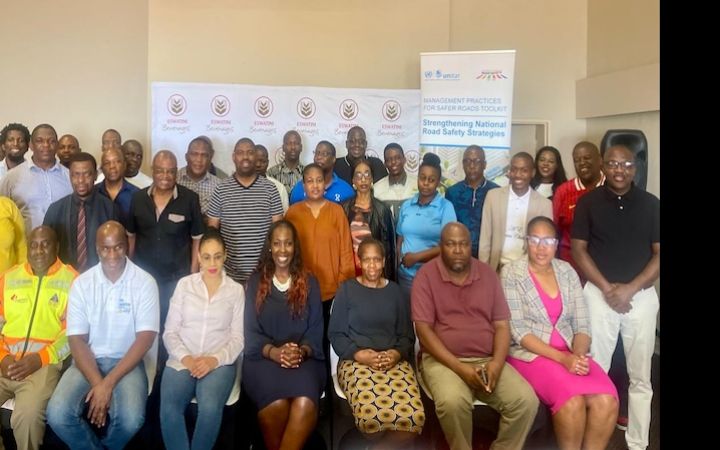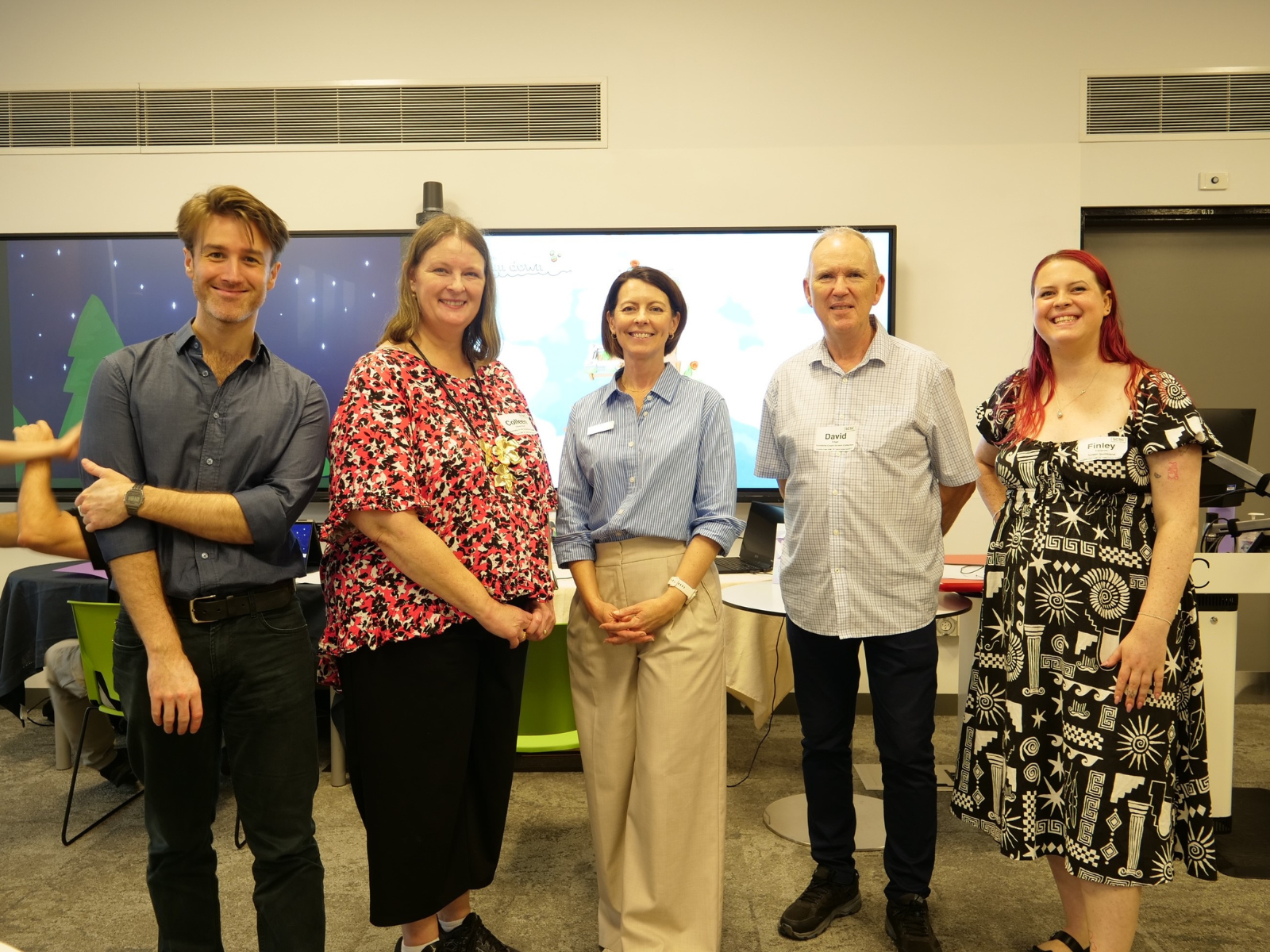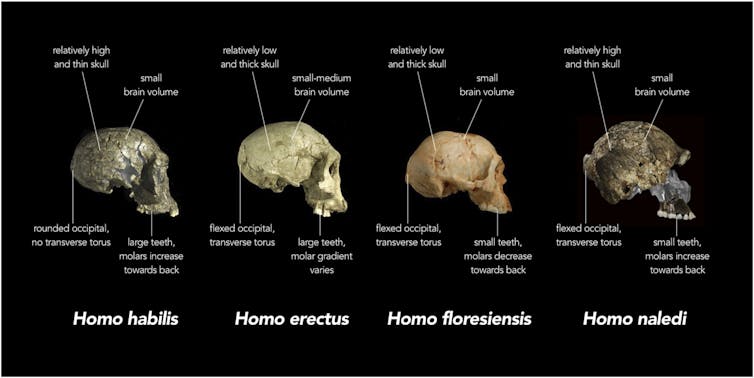28 March 2022 – Sydney – Kearney today publishes its latest findings on the design of their two-speed organisation model in a whitepaper ‘The Velocity Code’.
- Velocity is the most important dimension that determines the success of a broad-based digital transformation agenda.
- In the pursuit of velocity, organisations are unsuccessfully implementing ‘agile’ operating models.
- Kearney’s ‘Velocity Code’, a two-speed velocity model can achieve up to:
- 20% reduction of time to business value
- 40% reduction of cost per release – Reduced complexity
- 20% defect reduction – Quality improvement
- 15% improvement return on investment
In a recent white paper, Kearney published research on the success criteria of digital transformation agendas. This research demonstrated that the most important dimension that determines the success of a broad-based digital transformation agenda is the sustained Velocity of execution.
In pursuit of Velocity, many organisations have adopted an ‘Agile’ operating model to increase delivery speed, reduce cost, and improve delivery quality. However, the adoption of pure ‘Agile’ constructs by large incumbent organisations disappoints. Speed, cost, and quality benefits remain elusive, and the implementation ends up like a typical “restructuring” task – failing to deliver results.
“We checked in with several ASX100 CIOS, and found that, although most organisations use some form of an ‘agile’ model, its use remains limited to the technology organisation or specific products. Alarmingly, almost half have not seen any significant benefits from their ‘agile operating model at all. However, this is not surprising. Those organisations have limited to no formal tracking of benefits, and we know these operating models are most effective when implemented broadly across the business.” said Gerd Schenkel, Partner at Kearney and co-author of the paper.
Regardless, benefits of broad agile operating models are widely known as a third of these CIOs expressed they plan to expand their use of ‘agile’ models broadly across the entire organisation – almost all expected further benefits from expansion with over half expected lower costs of technology services and/or products.
“Boards and CEOs are asking whether agile models were a failure” said Arjun Sethi, Kearney’s Regional Chairman Asia Pacific and global leader of Kearney’s technology practice. “We are entering a second phase of agile models: initially agile was used in confined islands of software development. Now, whole organisations are aiming to deliver innovations faster, cheaper and at a higher quality. But this is difficult”.
In addition to the shortcomings of the pure ‘Agile’ model, Kearney research indicates that by 2024, 70% of work in organisations is expected to be done via a product centric operating model. To assist organisations in navigating these challenges, Kearney has developed “The Velocity Code” – a two-speed, product-centric organisation model.
Whilst not new in principle, the holistic design and implementation of large companies around the two-speed model is both, difficult and rewarding. “We typically see 15% on return on investment and 20% reduction in time to business value within 1-2 years of deployment” said Arjun Sethi.
“Smaller, bite size innovations, delivered quickly reduces risk and facilitates learning”, said Gerd Schenkel, co-author of the research. Leaning on the popular “Jason Bourne” movie series for inspiration, implementing successful two-speed organisation models require superior leadership, tenacity and persistence. “It’s not a one-off project or a simple re-structure” said Gerd Schenkel. “Rather, organisations need to develop the capability to continuously learn and evolve as they build confidence in themselves.”
Global leaders in this respect, identified in the Kearney research include, of course “born-digital” Amazon and Netflix, but some incumbent organisations have also made great progress in this respect.
The Velocity Code has been formed by the practical realities experienced by Kearney leading and assisting well over 100 digital transformation initiatives around the globe.








